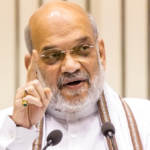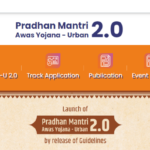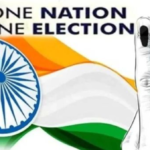Exploring Open Marriage: The Case of Hardik Pandya and Natasha
The term “open marriage” has recently sparked much interest and discussion in society. This unconventional way of approaching relationships challenges the traditional idea of monogamy by emphasizing honesty and mutual agreement between partners. The relationship between Indian cricketer Hardik Pandya and his wife, Natasha Stankovic, has brought this concept into the spotlight, stirring curiosity and debate.
Understanding Open Marriage
Open marriage means a committed couple agrees to have sexual and romantic relationships with others outside their primary partnership. Unlike cheating, which involves secrecy and betrayal, open marriages prioritize openness, communication, and respect for each other’s boundaries. This setup requires a lot of trust and emotional maturity from everyone involved.
The Case of Hardik Pandya and Natasha Stankovic
Hardik Pandya, known for his dynamic cricket career, and Natasha Stankovic, a Serbian actress and model, have been open about their relationship since getting engaged in January 2020. They often share glimpses of their personal life on social media, drawing attention to their modern approach to marriage.
Embracing Non-Traditional Relationships
In an interview, Pandya mentioned that he and Natasha deeply respect each other’s personal space and career goals. This extends to their relationship dynamics, showing their comfort with unconventional ideas of love and commitment. Their openness challenges societal norms and redefines what it means to be in a committed relationship.
Societal Reception and Challenges
Despite gaining acceptance in some circles, open marriage faces criticism and skepticism. Traditionalists argue that it undermines the sanctity of marriage and can lead to emotional risks for all involved. Navigating issues like jealousy, communication breakdowns, and societal judgment can be complex for couples exploring this arrangement.
The Importance of Communication and Boundaries
Experts stress that successful open marriages rely on clear communication, setting boundaries, and regularly discussing expectations. Couples must openly discuss their desires, fears, and insecurities to maintain trust and emotional closeness. Professional counseling or guidance from experienced individuals in the open relationship community can provide valuable support.
Addressing Rising Divorce Rates
With divorce rates on the rise in India, proponents of open marriage argue that this alternative could offer a solution. By allowing individuals the freedom to explore romantic connections while maintaining a primary bond, proponents believe it could mitigate issues like infidelity and lack of fulfillment that often lead to marital breakdowns. The emphasis here is honesty and respect, which could foster more robust, resilient relationships.
Cultural and Legal Considerations
Despite its potential benefits, open marriage faces significant hurdles in Indian society. Cultural taboos and legal complexities, rooted in religious and personal laws that define marriage as monogamous, pose challenges to widespread acceptance. The lack of legal recognition and potential social stigma further complicate the landscape for couples considering this path.
Conclusion
As societal attitudes evolve, so too does the discourse around relationships. The example set by individuals like Hardik Pandya and Natasha Stankovic encourages a broader conversation on autonomy, fulfillment, and the evolving dynamics of modern marriages. While open marriage may not be a universal solution, its presence challenges us to reconsider what it means to build and sustain meaningful partnerships in a diverse and ever-changing society.
In conclusion, while open marriage remains a contentious topic in India, its proponents argue that it offers a progressive alternative to address the complexities of modern relationships. Whether it becomes a mainstream choice remains to be seen, but its existence sparks crucial conversations about the future of marriage and personal fulfillment in Indian society.











